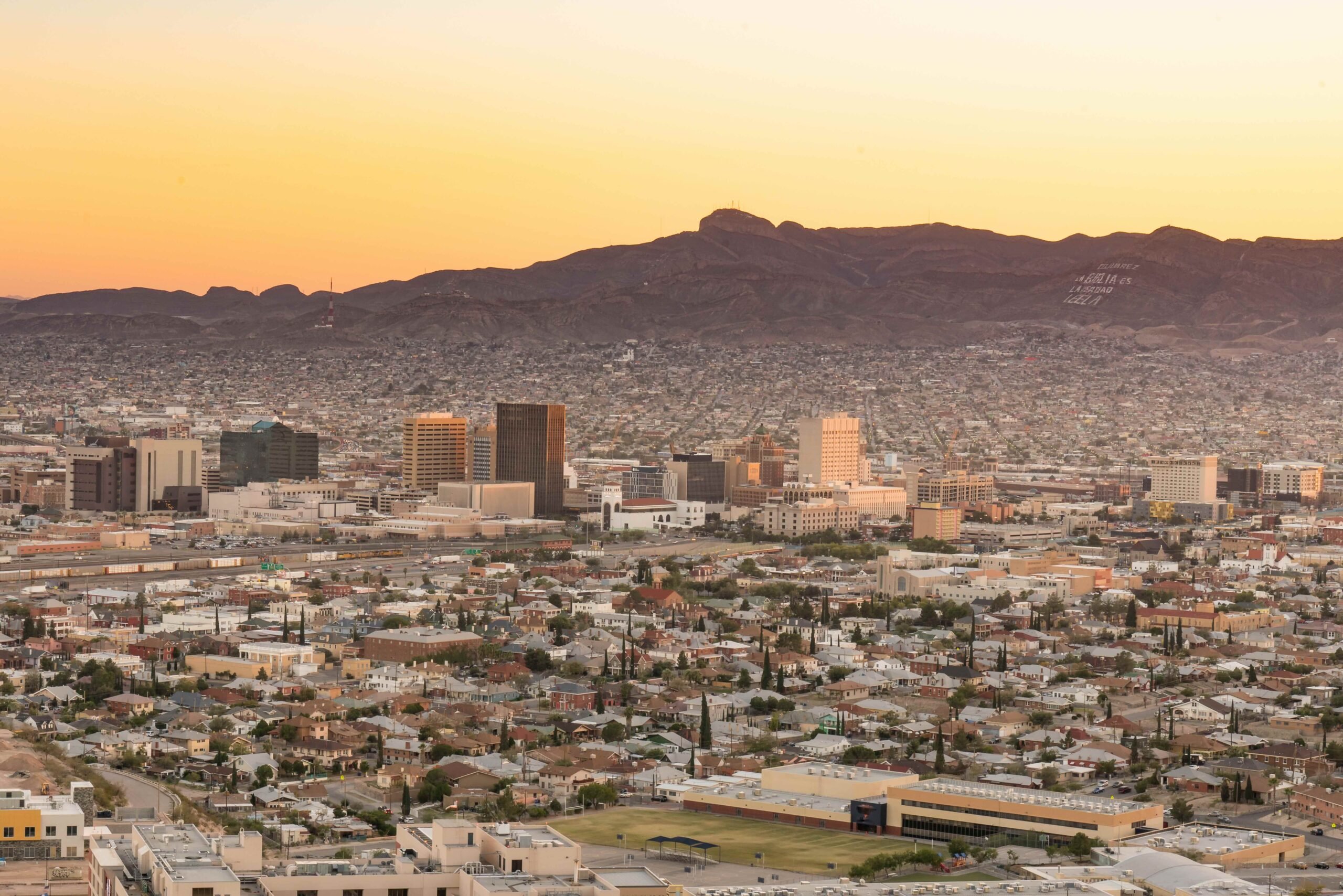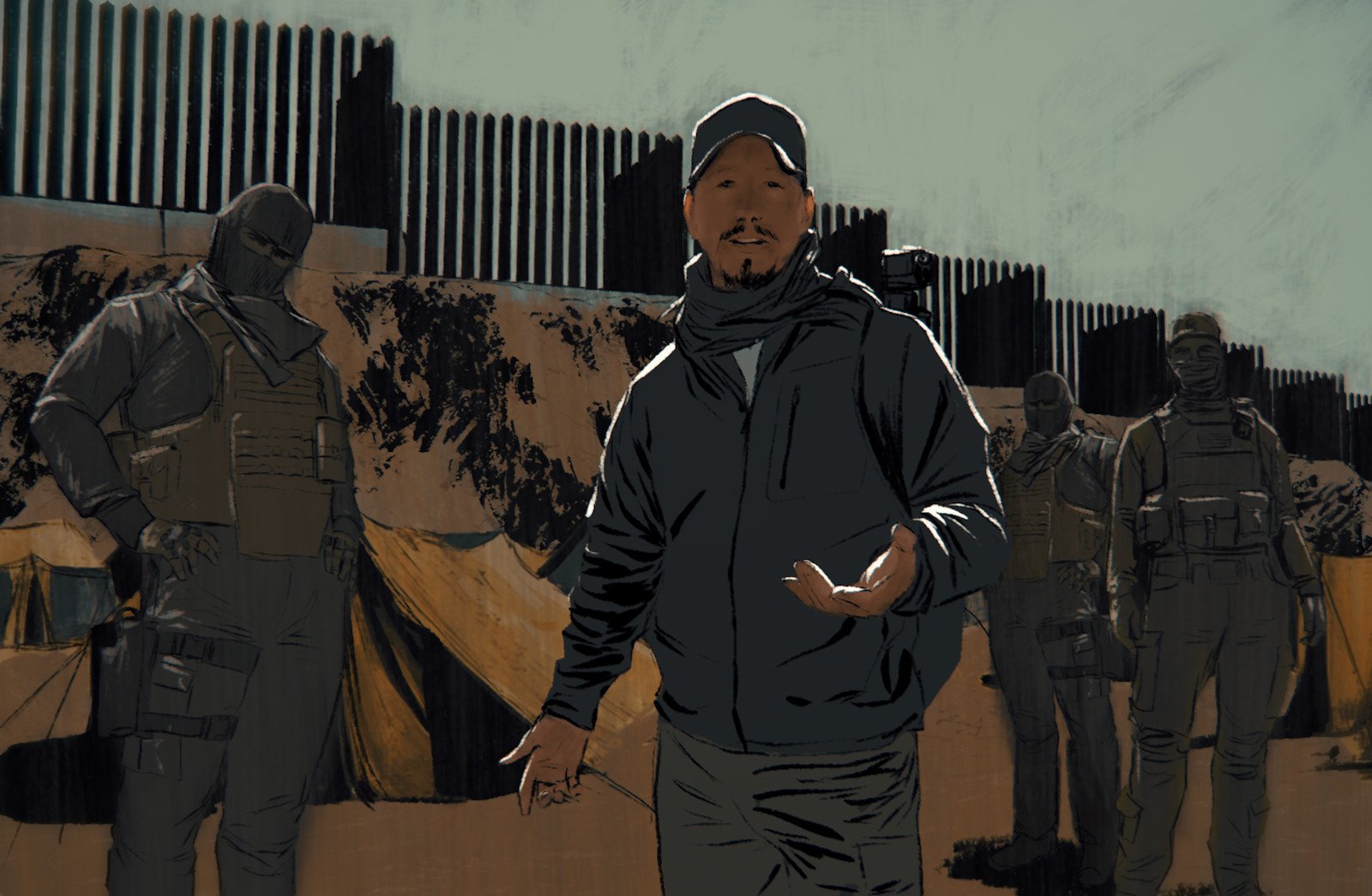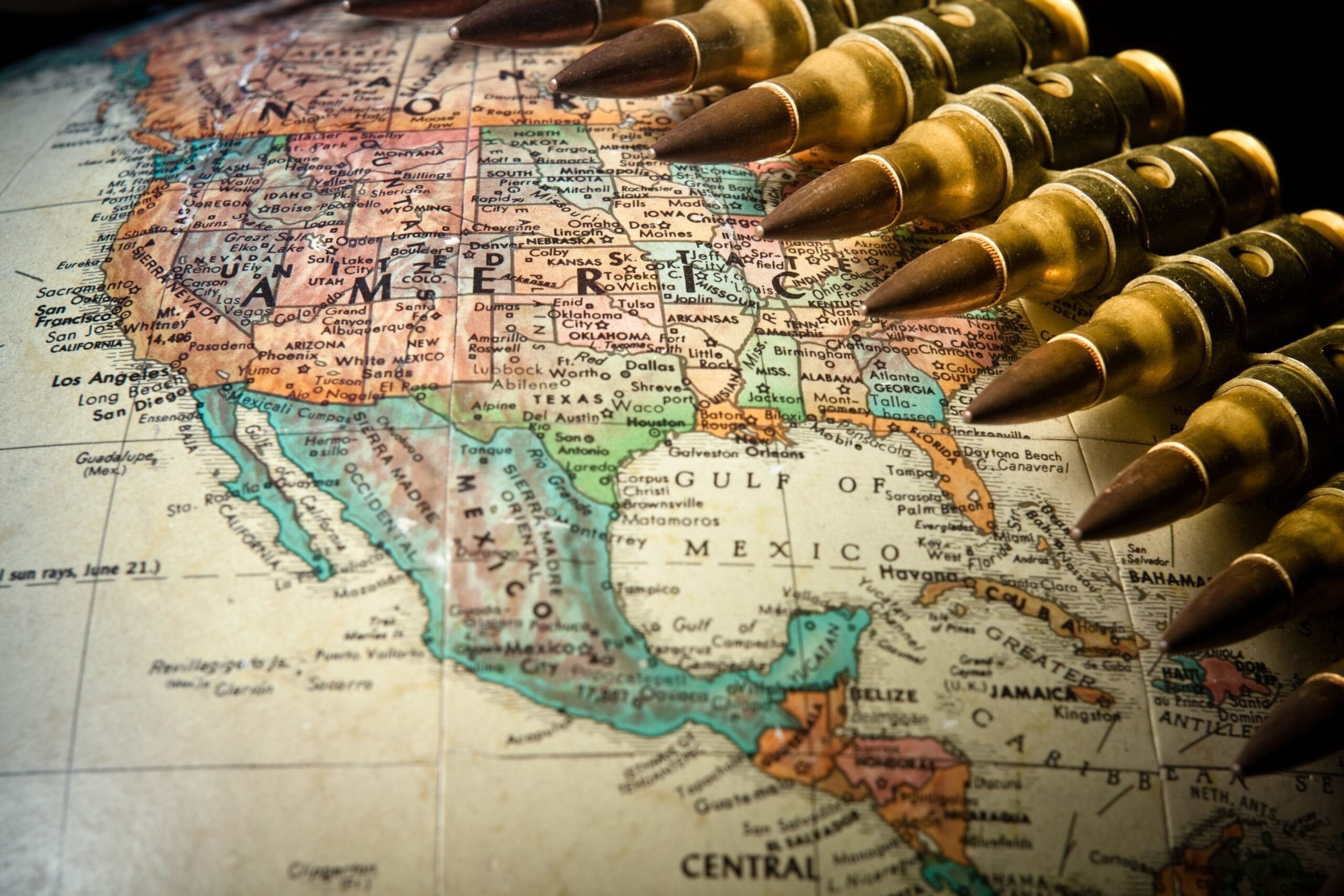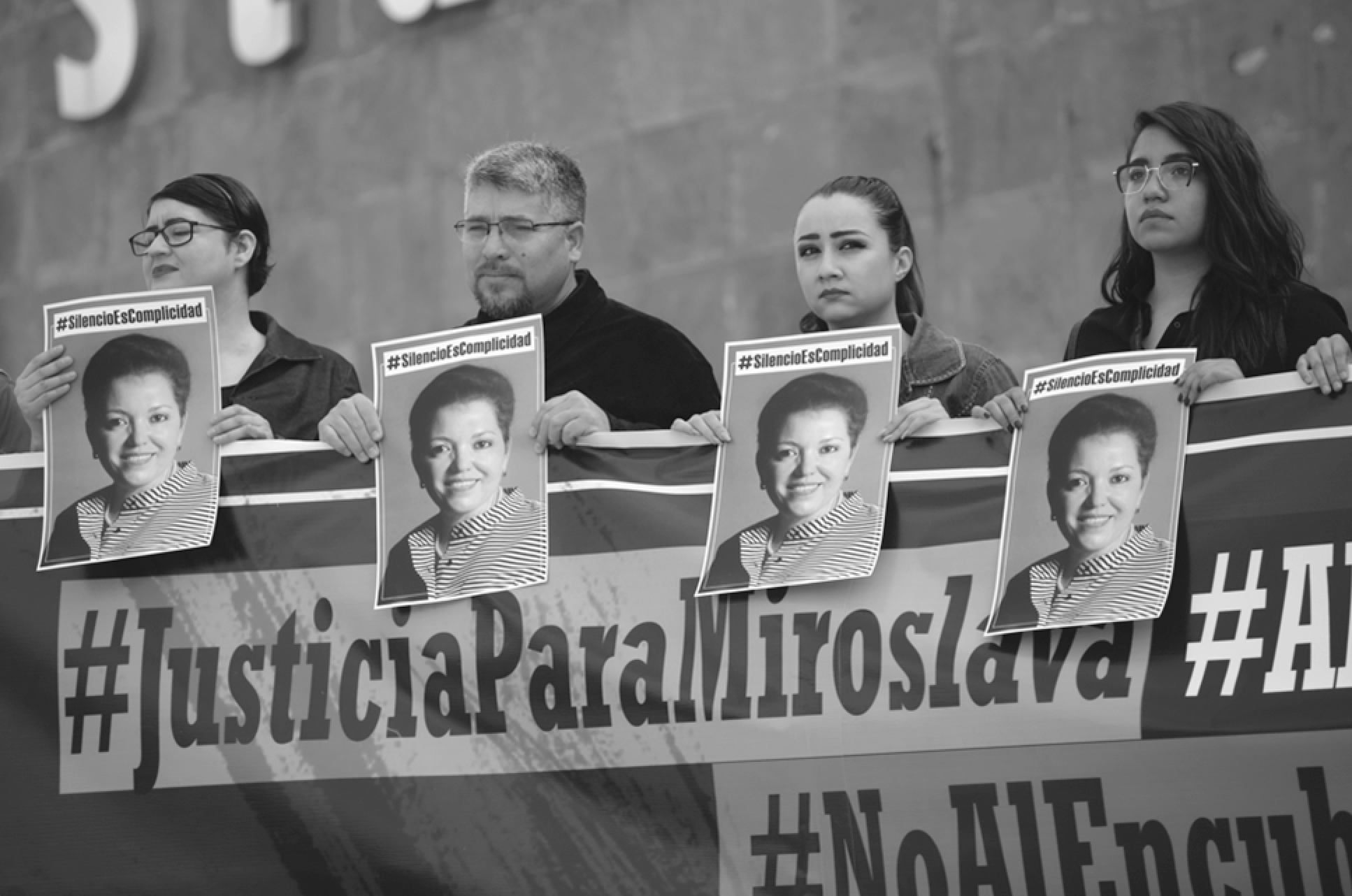
Along the U.S.-Mexico Border, Journalism Is an Act of Resistance
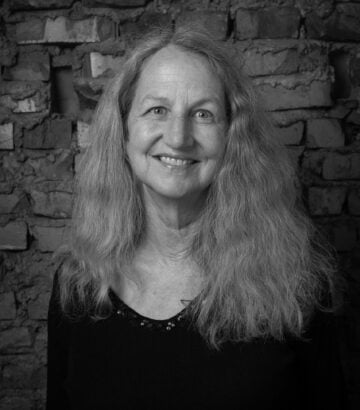
Celeste Gonzalez de Bustamante and Jeannine Relly, journalism professors based at the University of Arizona, spent the last decade collecting dozens of oral histories from journalists working along the U.S.-Mexico border, and in Mexican states hit hard by drug violence. They wanted to learn how reporters, editors, and newspaper owners were surviving and adapting to an unprecedented wave of threats, attacks, and murders perpetrated by cartels and corrupt government officials that have made Mexico one of the world’s most dangerous places to practice journalism. This year, they released a portion of their archives, and produced a book filled with stories of horror—and of hope, Surviving Mexico: Resistance and Resilience among Journalists in the Twenty-first Century (University of Texas Press).
This interview has been edited for clarity and length.
Texas Observer: At many points in the last 20 years, journalists hoped that the wave of murders of Mexican journalists—which accelerated rapidly in states along the Texas border in 2007—would slow or even stop. Mexico made it a federal crime to kill a journalist or civil-rights activist and created a protection program. Other organizations created safe houses so journalists could quickly relocate within Mexico or abroad. Did these extreme measures work?
Celeste: Mexico’s still one of the worst countries in the world for people practicing journalism. But maybe I could talk about another way to frame it: How are we measuring hope? If it’s just about the murdered journalists, then that is one measure. But if we also examine all of the efforts that have been done beyond the government, you see many different organizations—collectives and associations—have been created: Periodistas de a Pie, a national network of journalists in 2007, and then the Red de Periodistas de [Ciudad] Juarez in 2011. Since we started this research, there are more than 20 organizations that formed to provide solidarity and involve hundreds of journalists across the country.
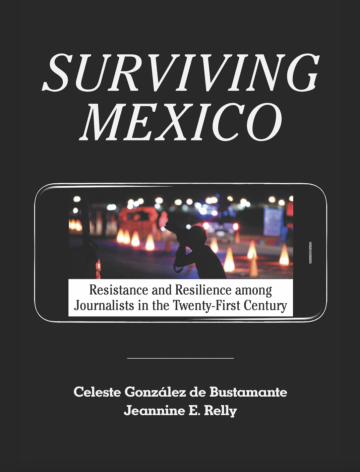
Texas Observer: Both Periodistas de a Pie and the Red de Juárez were created by women. You describe how the women of Juarez organized pools to more safely cover dangerous crime scenes and protests when journalists were threatened or killed. And they got results—an arrest and a conviction in the case of the 2017 murder of investigative reporter Miroslova Breach. But has Mexico’s push to make killing a journalist a federal crime worked to solve more cases?
Jeannine: A report by the Committee to Protect Journalists, which covers 1995-2020, says there was only one case that was fully prosecuted.
Celeste: In the case of Miroslava Breach, Juan Carlos Moreno Ochoa, who was known as “El Larry,” was convicted and sentenced to 50 years in prison in 2020 for ordering her murder. But at the same time, organizations such as PEN International are calling on Mexican authorities to continue the investigation to bring all of those people who are responsible for that crime to justice.
What happens is these cases are investigated first on a local level. So you could have a million federal laws and a million federal policies. But at the end of the day, these are local journalists working in what we would call, for the most part, the extreme periphery of the country with very few resources. Then the investigations themselves oftentimes are shoddy at best or perhaps even people who are doing the quote unquote investigation might be corrupt. So these crimes are not linked to the journalists’ activity. They somehow are linked to some crime of opportunity. And so the case was never turned over to the federal authorities.
Texas Observer: Has the Mexican federal protection program and the networks of safe houses saved journalists’ lives?
Jeannine: Yes. I think we were seeing that between 1,100 and 1,500 people are under protection at the federal level, though the program has the same number of staffers as it had when it began. We were really surprised when we learned about how many folks were moving within Mexico or abroad.
Celeste: You know, in some cases—I think we mentioned one in the book—the journalist who received threats moved to the north side of the border in El Paso and brought his whole family. That would be a whole other study and an interesting one to interview all of the Mexican journalists who are living in exile. But in terms of being able to continue to practice journalism, that’s difficult.
Texas Observer: Your book includes incredibly traumatic stories, like a woman who tells of covering a massive gun battle in Matamoros and then visiting a school where hundreds of kids had been lying on the floor in terror for hours. Afterward, she fled to the United States.
Jeannine: She was in Texas the last we checked and boy, you know, when we interviewed her, she was so jittery. I mean, she just talked almost nonstop for two hours.
Texas Observer: One group featured in your book, Quinto Elemento, put together a group of reporters in 2018 that investigated the 2,000 mass clandestine graves located all over Mexico where narcos and others had hidden victims of massacres. How many of these collective efforts spill over into border coverage in Texas or help improve U.S. journalists’ coverage of Mexico?
Celeste: The border is not a monolith. Depending on what area you go to, you see less or more collaboration across the international line. And we do see there’s cross collaboration in Juarez/El Paso, where you have journalists who are living in the United States, perhaps born in Juarez, working for media on both sides and are members of the Red de Juarez. There’s collaboration in the sense of a journalism community and training and sharing of maybe even sources or information. And then you have the Red de Sonora, an organization that came about in 2019 and includes journalists from the United States who are working in Mexico.
I would venture to say that part of the reason for the lack of collaboration elsewhere is because legacy media outlets on the U.S. side are not considering Mexico/the border as part of their readers’ or listeners’ or viewers’ interests. And in fact, in certain parts of the border, it’s discouraged and prohibited for journalists to even cross into Mexico. I’m talking about the Brownsville/Matamoros area and Laredo/Nuevo Laredo. That really puts an obstacle in place for that kind of collaboration to happen.
Texas Observer: What impact has the pandemic had on the U.S. and Mexican border reporters you interviewed?
Celeste: I think up through July, there have been 116 journalists who have died of coronavirus in Mexico. So this pandemic just creates another layer of precarity and physical risk for journalists, though there were more cases in metropolitan areas where historically the threat of violence has been less than in more remote places.
Texas Observer: I know that some journalists you interviewed were initially unable to print important investigations because of threats or self-censorship. Some founded their own media companies or published findings in books or documentaries. Despite those difficulties, you found most border and Mexican journalists you interviewed didn’t want to quit. Why?
Celeste: We interviewed folks who other journalists thought were serious journalists and very committed to their work. They would say, “No, I’m not thinking about leaving!” I mean, we had journalists saying, “I’m saving all of my data and photographs and all of my notes because someday I hope that I’m going to be able to publish this right now. I can’t because it’s too risky. It’s too dangerous. But I’m saving everything so that I can write about it someday.” Think about that level of commitment!
Note: Lise Olsen served as the Executive Director of the Investigative Reporter and Editors’ Mexico project from 1996-98 and was interviewed very early in the UA research process.
Top image: Justice for Miroslava demonstration, Ciudad Juárez, March 23, 2019. Members of the journalist community stand in front of the Chihuahua state government offices to denounce the murder of Miroslava Breach Velducea two years earlier and call for justice. Courtesy, José Luis González Palacios.

